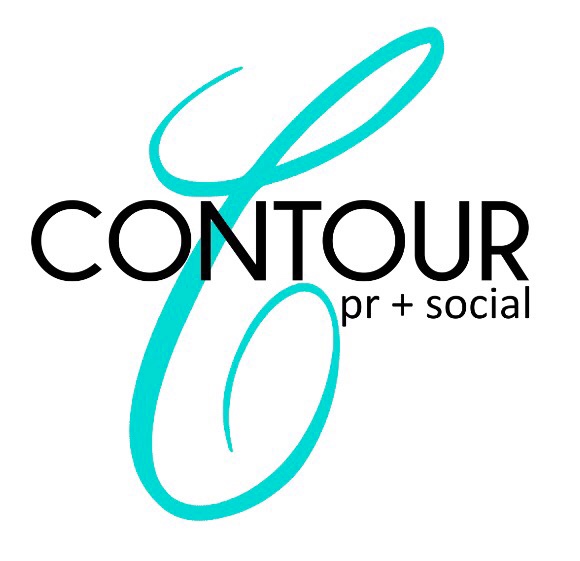4 Types of Influencers You Need to Know
Fact: there’s an influencer for everything
We’ve offered influencer marketing at Contour PR + Social since our first year in business (ages ago…2014!) and have watched with curiosity—and occasional envy—as through the years social media influencer collaborations have evolved into an undeniably important component of public relations. What was once a mere supplement to publicity campaigns now often encompasses more than half of what we do.
A few examples of when influencer collaborations are a good idea:
Brick-and-mortars: for the opening or refresh of a shopping center, office, residential community, restaurant, etc.
Product visibility: when new or upgraded products are released, to piggyback on trends, and seasonally
Event promotion: to build interest and pre-sell tickets, and as a brand building strategy for recurring events
Cause-based messaging: to help spread the word about fundraisers, good causes and social justice issues
Running promotions: giveaways, contests, exclusive discount codes, affiliate marketing and sponsored content
As influencer marketing (also called “influencer relations”) has evolved, marketers have developed a hierarchy of influencers based most often on follower count, with further qualifiers factoring in when planning collaborations for our clients. Depending who you ask, influencers fall into four or five categories:
Mega influencers have millions of followers and are often celebrities who joined social media, although some are “regular people” who gained social media fame over time. While the big brands of the world often collaborate with mega influencers, these aren’t an ideal target for most businesses and organizations due to extremely high costs to collaborate. Furthermore, the chance of free promotion here is extremely slim (although lightning occasionally strikes).
Macro influencers by definition have 100K to 1 million followers. These are often “career influencers” who charge hefty fees to promote a product or message. If the budget is there this can make sense, as macro influencers have impressive reach given their large followings. And while many macro influencers charge thousands of dollars for sponsored content, those at the bottom of this tier (sometimes called "mid influencers” with followings in the lower hundreds-of-thousands) are open to trading social media exposure for exclusive, luxurious experiences.
Micro influencers are the sweet spot for most small businesses and PR reps (like me). With 10K to 100K followers, micro influencers often provide exposure in exchange for products and experiences, and when they do charge we’ve found their rates approachable at around $50 to $300 per post. Micro influencers boast higher engagement rates than their more popular peers, and are almost always geared toward a specific interest - from new restaurants and travel destinations to health and wellness, beauty products, parenting, personal development and more. If you can think of it, there’s an influencer for it!
Nano influencers is a term that recently emerged to shed light on the impact of accounts with a few thousand followers. Some people find it surprising that these “super micro influencers” can be a worthwhile strategy for spreading a message or a brand name, but consider this: nano influencers boast the highest average engagement rates, and even more so than micro influencers they are often incredibly niche, making it possible to reach an extremely defined target audience by location or interest.
Which size and type of influencer you should partner with depends on many factors, and once you’ve chosen who to work with you’ll also need to know how you want to go about reaching out, what to offer and within what timeframe, and what results to expect. While much of this can be planned on your own, a truly optimal influencer marketing strategy can also be created with the help of a public relations or digital marketing professional.
To learn more about influencer marketing, watch for next month’s feature on best practices for influencer partnerships. We’ll be sharing a few secrets and successes that you can DIY. Stay tuned!

